In everyday personal research activities, deciding what to research usually comes down to a combination of curiosity and a specific need for information—for example, researching player stats for fantasy football or what kind of water and sunlight a new houseplant might need.
For this infographic assignment, you’ll be choosing from a list of topics related to the first year experience (refer to your assignment for more information). You also have the option to come up with your own topic as long as you get it approved by your professor first.
By now, you’ve already likely done some research into your chosen topic in the first part of the infographic project. This section includes some tips and resources to help you use your curiosity to explore your topic and think about ways to refine your topic to help make the search process go more smoothly.
 When you chose your topic for this project, how did you make your choice? Did you choose based on what seemed easiest to research? Or what seemed like it was most likely to get you a good grade? Or did you choose based on your curiosity?
When you chose your topic for this project, how did you make your choice? Did you choose based on what seemed easiest to research? Or what seemed like it was most likely to get you a good grade? Or did you choose based on your curiosity?
Likely it was some combination of all three options, but even if you based your choice only one of the first two, that’s okay! Not every research assignment is going to spark your personal interest.
But when it comes to college research (or any kind of research), it’s also important to follow your curiosity. Researching topics that you are genuinely interested in can make the difference between research as a rote exercise and research as a process of discovery.
A common mistake made in college research is choosing a topic that’s too broad. You can tell if your topic is too broad if you do a search for it in a library database and the results you see seem “all over the place.” For example, a search on college students and stress returns thousands of results on subtopics such as the role of race, ethnicity, and gender in college-related stress, the effects of the COVID-19 pandemic on college students’ mental health, studies of coping skills, and more. This is too much for one short research project!
Focusing or narrowing your topic can help tune out some of the noise in these search results.
If you’re having trouble with focusing or narrowing your topic, try the below activity.
Activity
Some students have the opposite problem to the one described above—for some, their topic is too narrow. You can tell your topic is too narrow if you’re doing a search for it in a library database and the list of results is very short. To be clear, a short list of results isn’t necessarily a problem if you’re finding relevant information. But if you’re struggling to find anything relevant, you may want to expand the focus of your topic. (You may also want to play around with how you’re searching—more on that in the “Where and How to Search for Information” section of this guide.)
 Sometimes, students change their mind about the topic they want to research. This might be because they found a different topic that interests them more or because they’ve run into difficulties with the original topic.
Sometimes, students change their mind about the topic they want to research. This might be because they found a different topic that interests them more or because they’ve run into difficulties with the original topic.
Adjusting your topic as you research is a natural part of the research process. But if you want to change your topic completely, you’ll need to ask your professor if that’s allowed.
Before you change your topic, consider asking for help either from your professor or from a librarian. This can be especially useful if you’re still interested in your original topic but are having difficulties finding information about it. Often, a librarian or your professor can help you adjust (rather than change) your topic or your search to help you find what you’re looking for.

